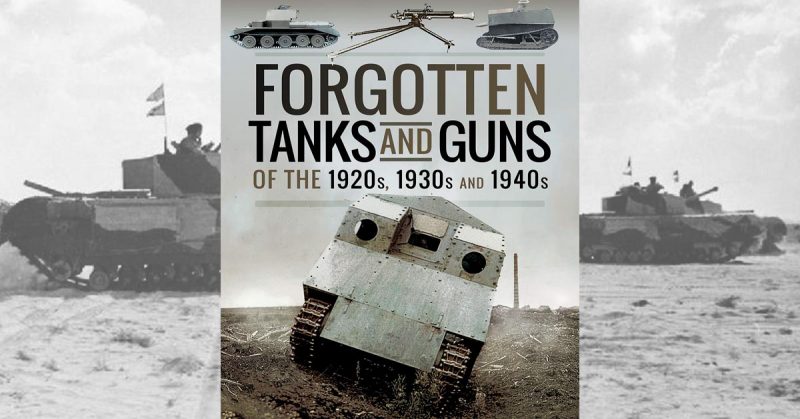The period between the wars offered up all manner of oddities as governments and companies attempted to develop fighting vehicles that would be numerous, effective and cheap to construct. The tankette concept is synonymous with the time and it is one that that has come to fascinate me during my own research for an upcoming project.
Happily, this book has answered a few questions in addition to being a really good read.
However, we start with a look at Japanese heavy tank designs, a subject that definitely befits the book title. It is made apparent how difficult it was for the Allies to gather intelligence on Japanese tank development because it was well nigh impossible to penetrate security.
The impact of this was to place increased value on the statements made during the interrogations of prisoners where fanciful drawings of supposed heavy tanks were sometimes elicited. The Japanese were clearly making some progress with tank development but the nature of the war they were fighting alongside the effect of an ever-decreasing lack of essential materials pushed tanks to the back of the queue.
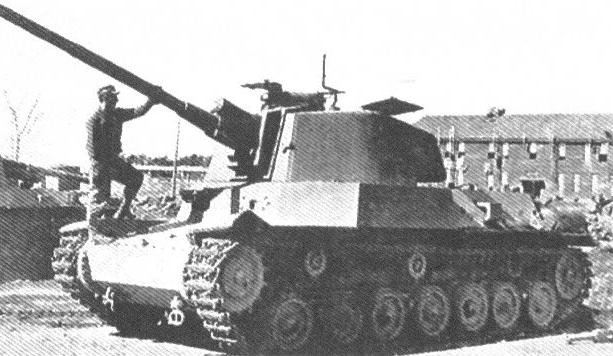
The book presses on looking at a range of contraptions that suggested progress but offered little or none. I was taken by British attempts to develop amphibious vehicles. The AT-1 series stand out as the most effective but the program was killed off and the majority of prototypes broken up. One may have gone to the USA but no one knows for sure. Mr Lister has a pleasing way of being honest when there are no answers to particular questions rather than offering conjecture.
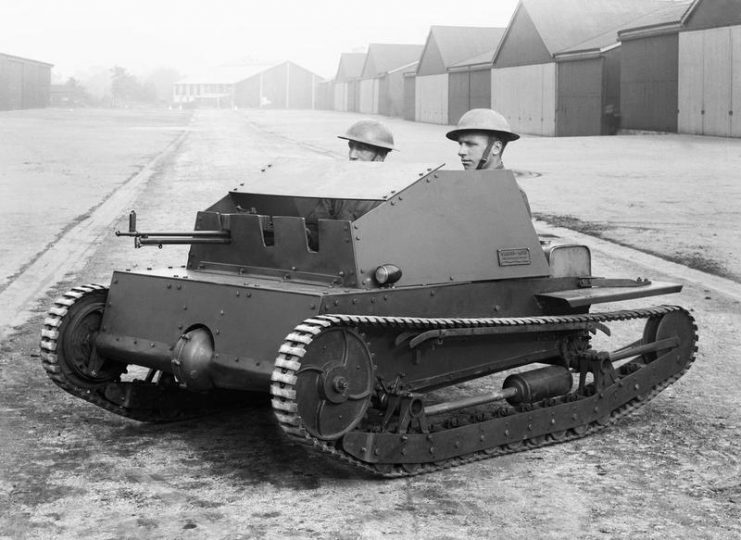
There are accounts of random guns and vehicles and the inventors hoping to make a name for themselves along the way. This is all good stuff, but for me, the real entertainment centres on the work of Giffard le Quesne Martel the soldier and engineer whose tankette designs and subsequent involvement in British tank development make him a pivotal figure in the history of armoured warfare.
Martel was the sort of bloke who would not be defeated by obstacles and who was quite able and prepared to build his own prototypes in his workshop. He also had a pugilistic approach to dealing with some of the people who crossed swords with him. His Morris and Crossley Martel tankettes were not a success and were beaten by the superior designs of Sir John Carden and Vivian Loyd.
But Martel went on to have a hand in the construction of the Matilda I and other designs and was influential in the decision process to accept the work of J Walter Christie.
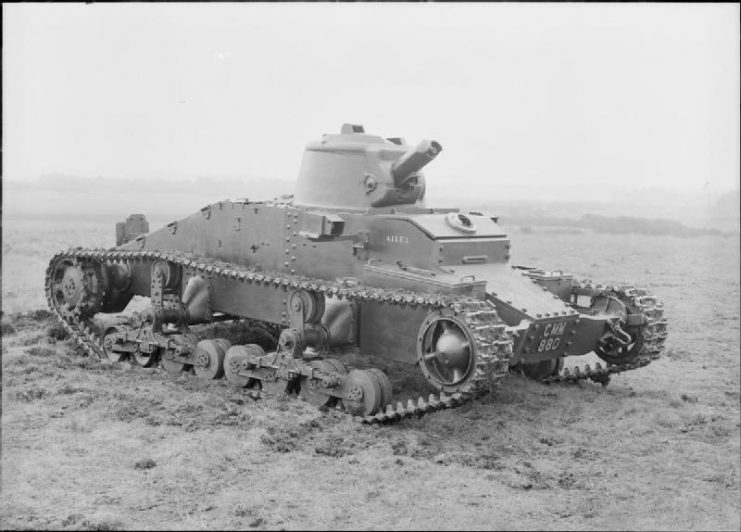
Martel was both a brave soldier and a decent engineer who was a devout advocate of mechanisation. His own designs reflect the eccentricity of his nature but he was attempting to solve problems facing armies during the inter war years that hindsight allows us to enjoy with the comfort of wisdom after the event. The book continues with a look at British cruiser and other tank designs that fell by the wayside and there is a look at early efforts at amphibious vehicle design in Germany.
Books that shed light on concepts and people are well worth a read and this collection by David Lister is both educational and entertaining. It has been put together from a number of articles focussing on different aspects of weaponry developed between the wars. The effect is to present the book as something of a bumper magazine the reader can dip in and out of at their leisure.
I really like this sort of format and cracked through my copy during a couple of rail commutes into London to do my day job. Mr Lister is an experienced writer who has contributed to a number of publications and websites and to the likes of World of Tanks, which should need no introduction. I really hope he produces more books like this because it has left me with a smile on my face.
Reviewed by Mark Barnes for War History Online.
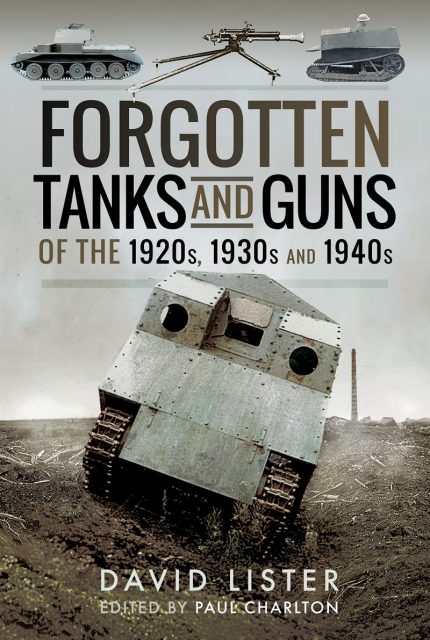
FORGOTTEN TANKS AND GUNS OF THE 1920s, 1930s AND 1940s
By David Lister
Pen & Sword Military
ISBN: 978 1 52671 453 4
